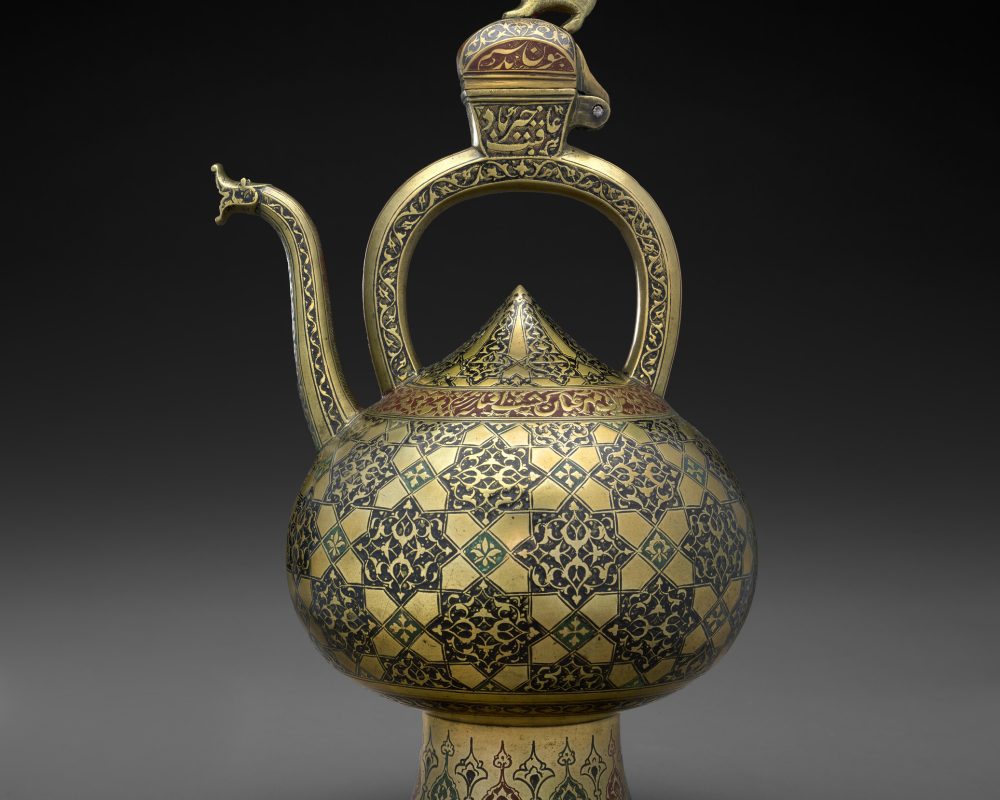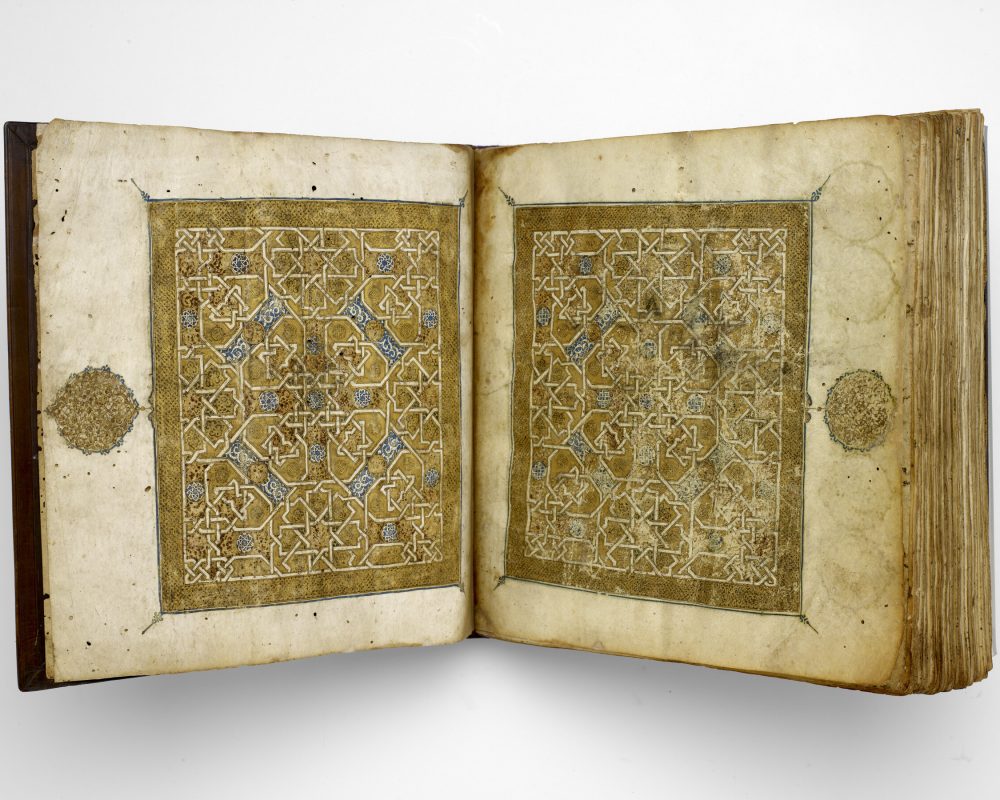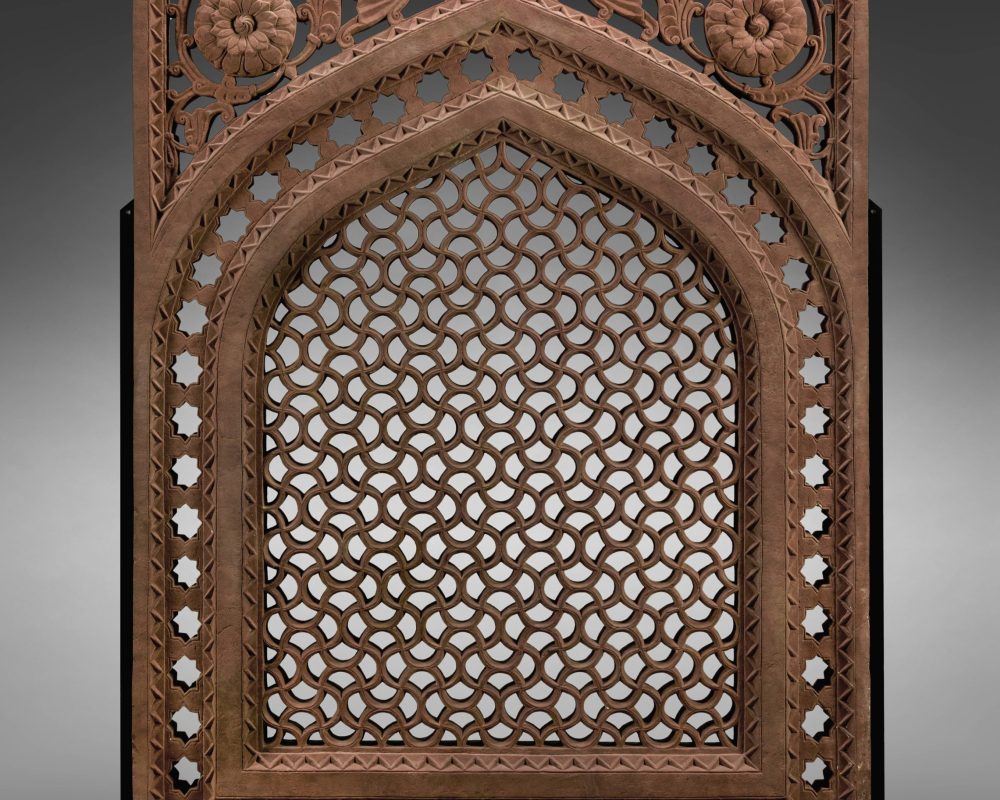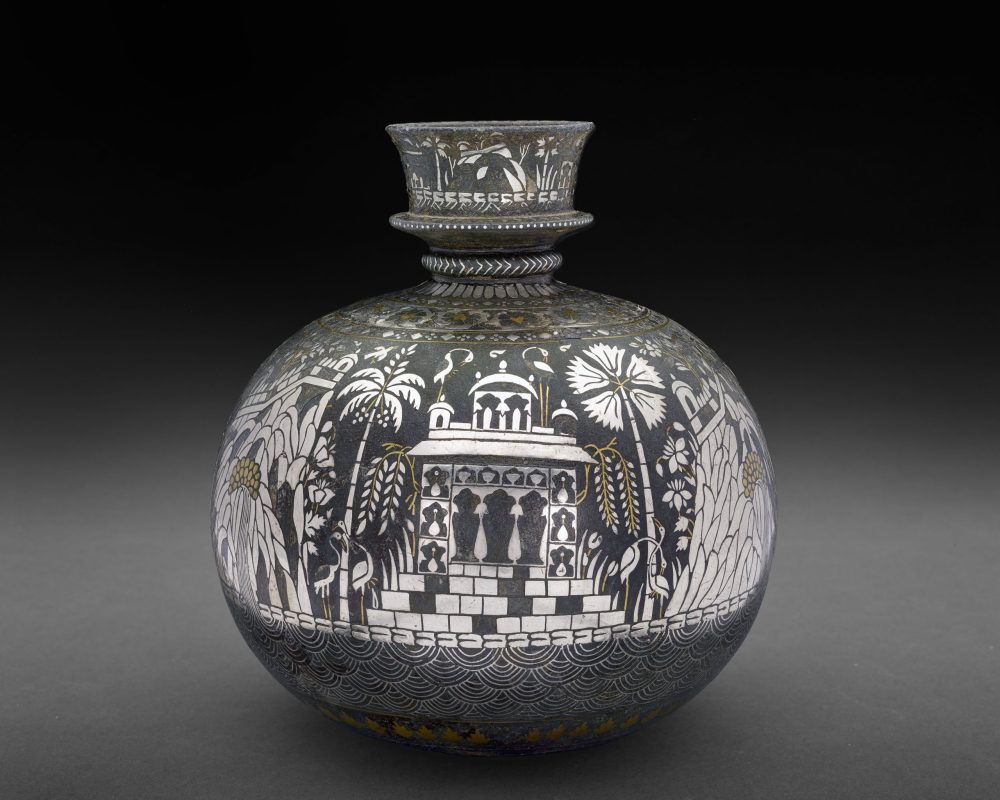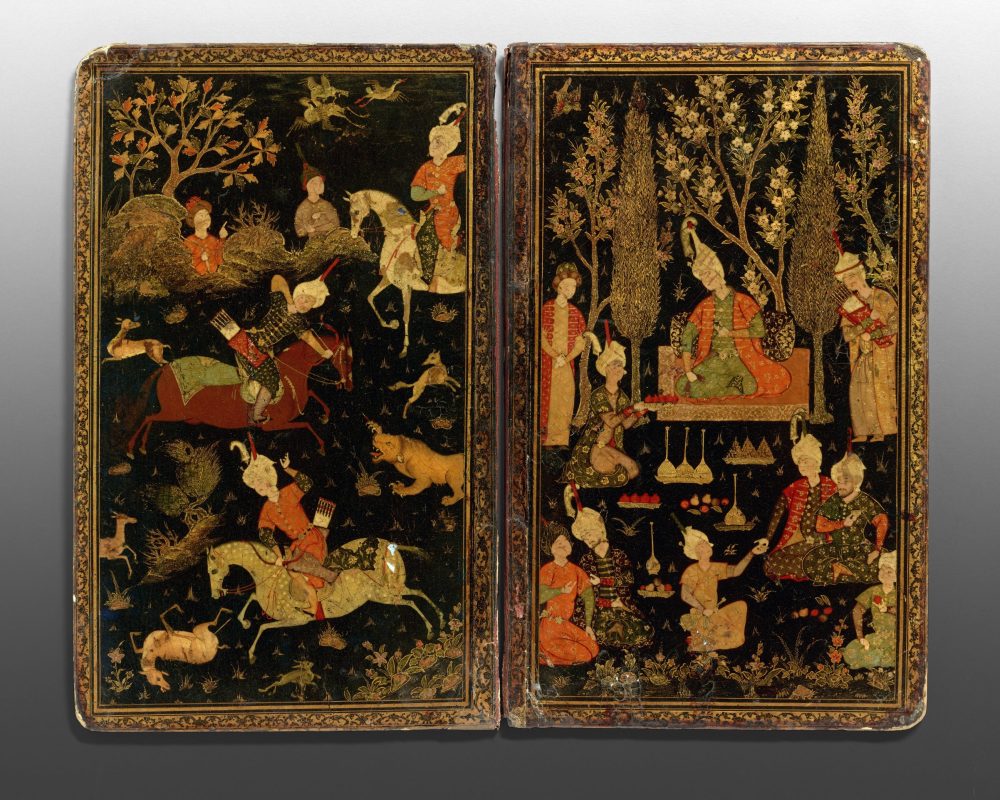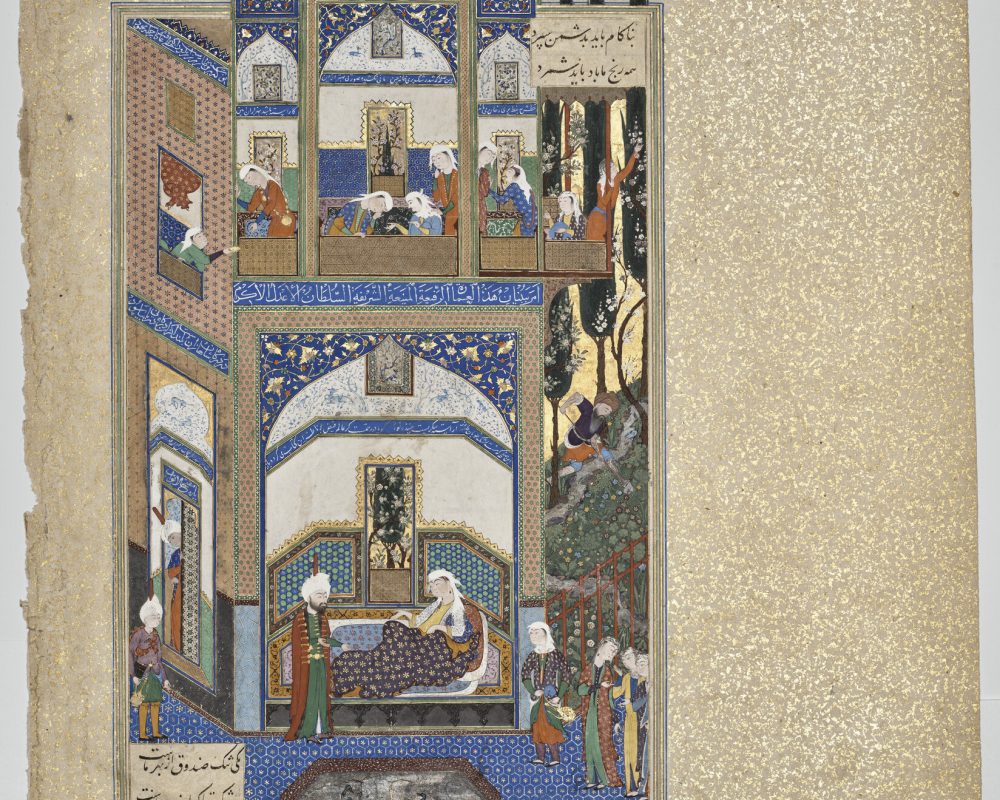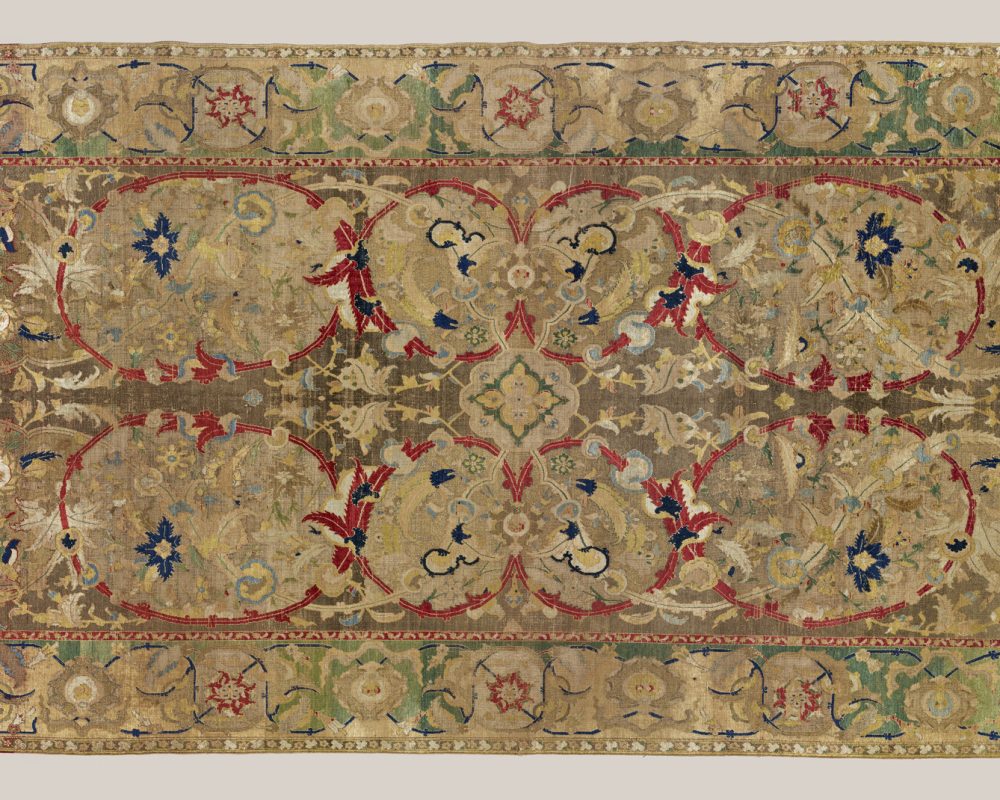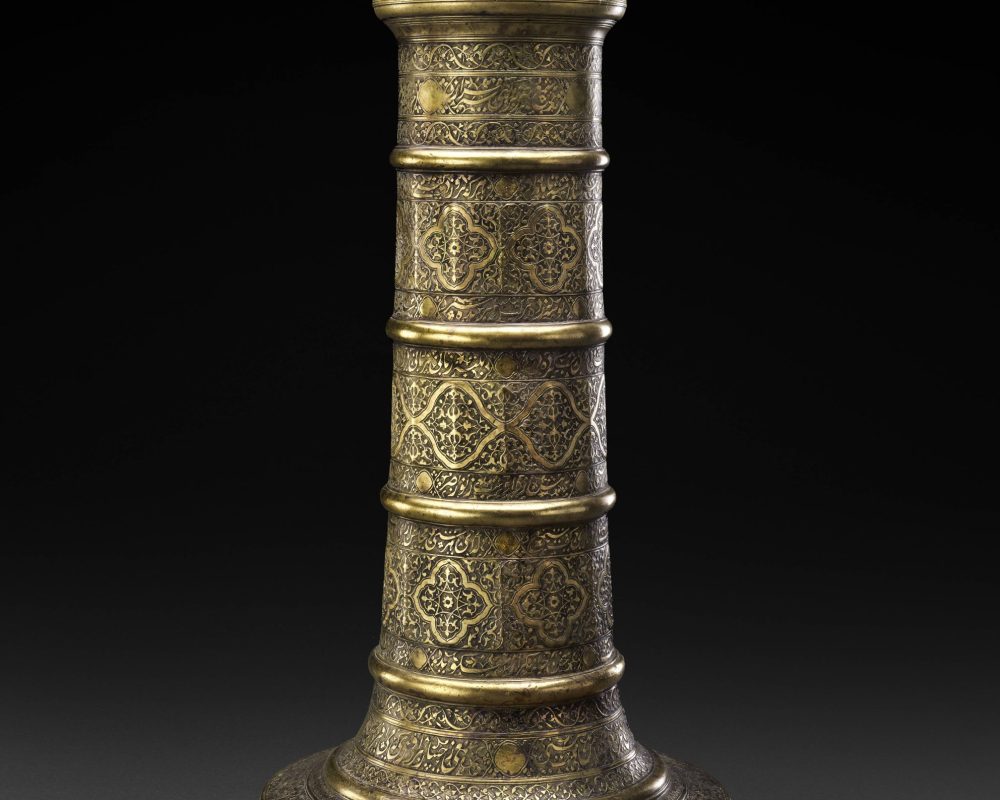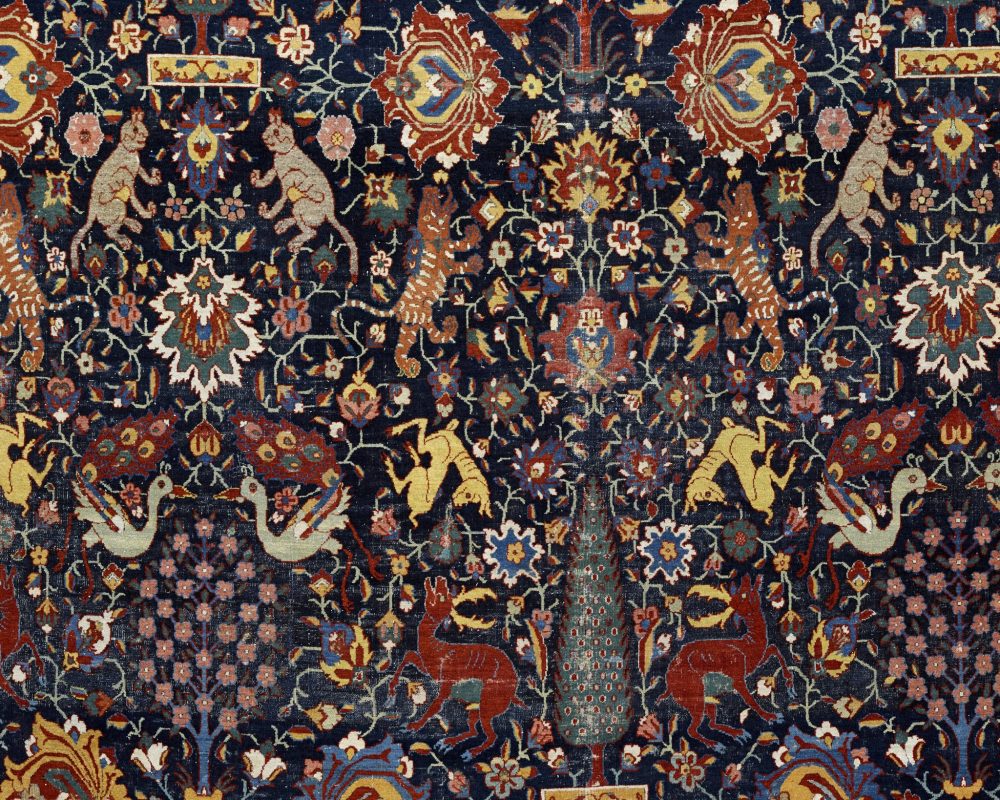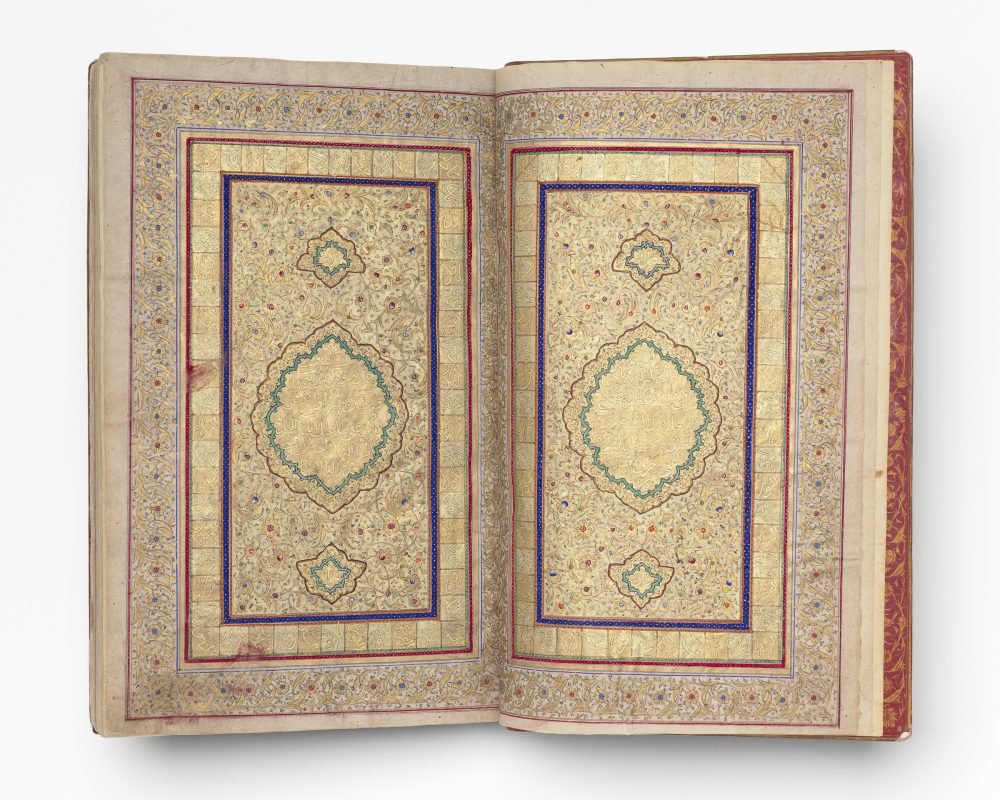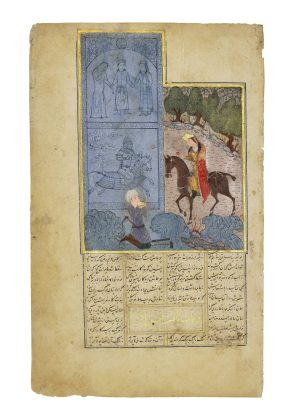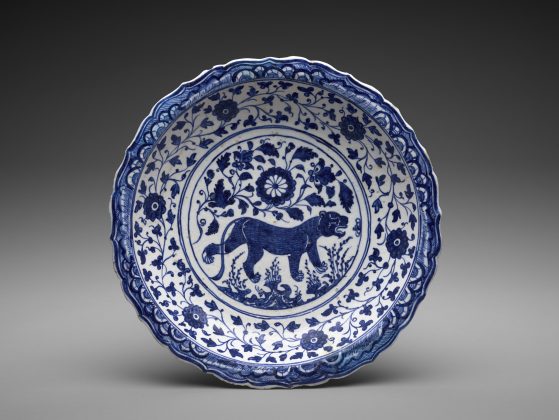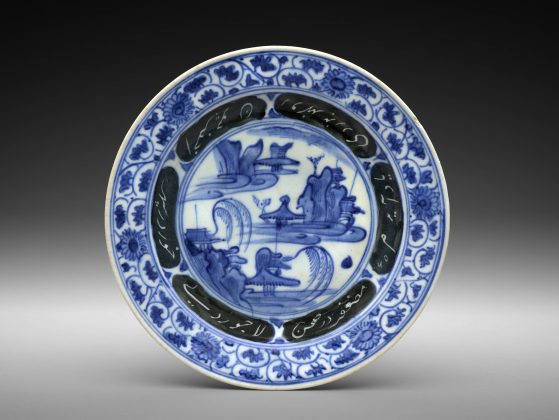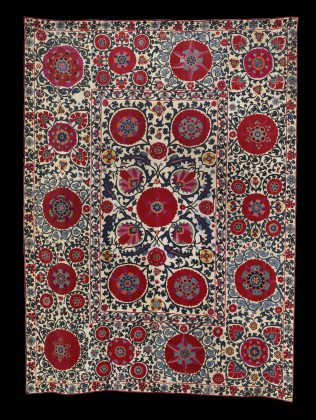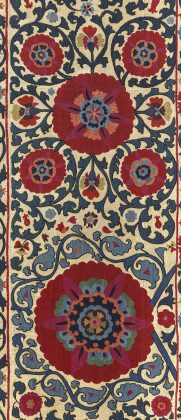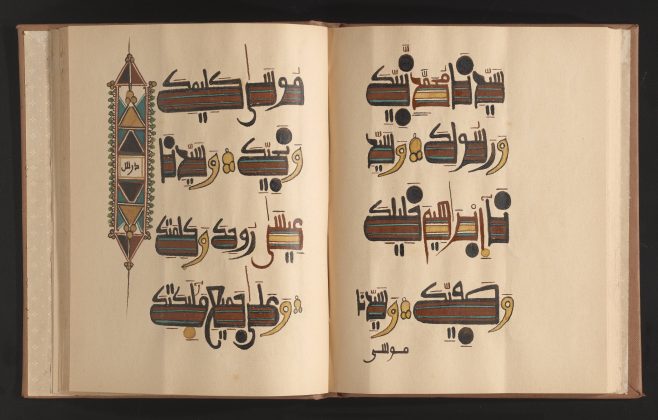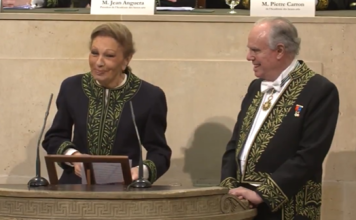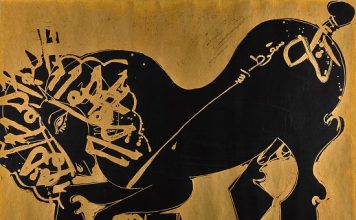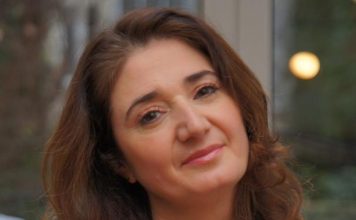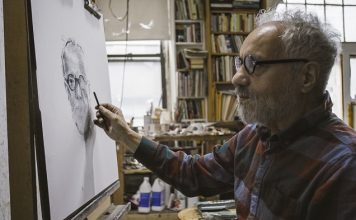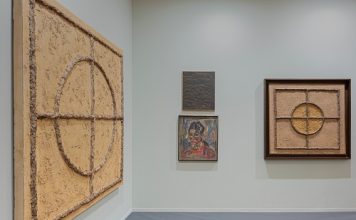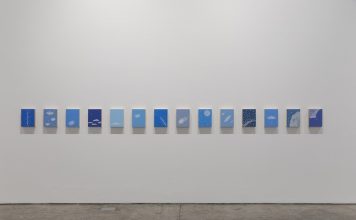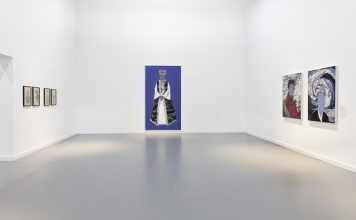By Firouzeh Nabavi
The Museum of Fine Arts, Houston (MFAH) has just opened six new permanent galleries in its Art of the Islamic Worlds wing endowed by the Iranian-born collector Hossein Afshar. They feature Iranian artworks from the museum’s own holdings, as well long-term loans from the Hossein Afshar collection, a collection of Persian art assembled over the past 50 years.
[aesop_image img=”https://kayhanlife.com/wp-content/uploads/2023/03/53e80faf-6345-4109-b997-9cd243acc1c8.jpeg” panorama=”off” credit=”Photograph by Richard Barnes.” align=”center” lightbox=”off” captionsrc=”custom” caption=”Installation view of the new Hossein Afshar Galleries for Art of the Islamic Worlds at the Museum of Fine Arts, Houston.” captionposition=”left” revealfx=”off” overlay_revealfx=”off”]
“We are immensely grateful to Hossein Afshar, creator of perhaps the most extensive collection of Iranian art in private hands, for placing his collection on long-term loan so that we may enhance our effort to reflect the city whose many communities we serve,” said Gary Tinterow, director and chair of the Museum of Fine Arts, Houston.
Since 2017, when a partnership agreement was reached between the museum and Afshar, hundreds of works from the Afshar collection have been on extended loan to the MFAH. In the intervening years, the museum has organized two exhibitions including works from the collection. “Bestowing Beauty: Masterpieces from Persian Lands” (2017) presented masterworks from the 6th to the 19th centuries and traveled to the High Museum of Art in Atlanta and the Toledo Museum of Art in Ohio.
“Between Sea and Sky: Blue and White Ceramics from Persia and Beyond” (2020) combined a group of Safavid blue and white ceramics from the Afshar collection with objects from the Houston museum’s own collection.
The six new galleries open more than 15 years after the launch of the Art of the Islamic Worlds initiative, launched in 2007 by a group of Houston philanthropists with cultural links to the Islamic world who committed to supporting acquisitions of Islamic art from a range of centuries and lands.
The six new permanent galleries are spread out over nearly 6,000 square feet – almost double the museum’s previous spaces dedicated to Islamic art – and present an extensive selection of Iranian masterworks from the 7th to the 19th century that include paintings, manuscripts, ceramics, inlaid metal ware, and finely woven silk fabrics and carpets.
Gallery 1 provides an introduction to the art of the Islamic worlds with themes and motifs found in Islamic art across a range of manuscripts, metalwork, ceramics and textiles.
Galleries 2 and 3 feature paintings from the pages of the Persian national epic, the Shahnameh [Book of Kings]; large-scale oil paintings; luster ceramics, and silk carpets from the pinnacle of Safavid carpet production.
Gallery 4 celebrates the sacred and secular arts of the book, with illuminated Qur’an manuscripts, illustrated histories and single-page paintings, and book covers, along with lacquer pen cases, inlaid scribes’ boxes, inscribed scissors, and ceramic sand shakers.
Gallery 5 explores the journey of Persian ceramics across trade routes to East Asia and China via stonepaste plates, bowls, bottles and trays reflecting the significant contribution of Persian ceramics to the world history of ceramics. It traces the history of blue and white ceramics which began more than 1,300 years ago on the trade routes connecting East Asia and Islamic lands, where rare, Persian blues – cobalt, lapis lazuli and turquoise – were used locally on Persian ceramics and exported globally.
Gallery 6 features magnificent carpets and textiles of Islamic lands which played a significant role in sacred and secular ceremonies, as well as in economic trade.
This is not the Houston museum’s first extended-loan agreement focusing on artefacts from the Islamic world on extended loan. The museum has a long history of collaboration with the al-Sabah Collection from Kuwait, and showed hundreds of Islamic art objects from that collection in its permanent galleries for more than a decade.

